As travel becomes increasingly accessible, the impacts of tourism on popular destinations have led to a growing backlash. From Venice to Barcelona and beyond, these hotspots are grappling with the negative consequences of over-tourism, including environmental degradation, disruption of local life, and cultural dilution. This piece explores the measures various cities are taking to mitigate these effects, from restricting visitor numbers to implementing fees, aiming to balance tourism with sustainability and quality of life for residents.
A Growing Problem

Image Credit: Pexels / DSD
We are fortunate to live in a time when holidays are common and travel easy. However, this makes some desirable destinations resent the constant influx of outsiders.
Not Just Benefits

Image Credit: Shutterstock / David Bokuchava
While many consider tourism a positive thing for an area—investment, an economic boost, jobs, and improved infrastructure are all benefits—there are also downsides.
The Negatives of Tourism

Image Credit: Pexels / Lenita Tropical
Tourism can negatively impact any area – urban or rural. Cities can suffer from extra pollution, traffic, priced-out locals, littering, and antisocial behavior.
War with Nature

Image Credit: Shutterstock / Conservationist
Rural destinations like islands, mountains, and jungles can suffer from other issues besides littering and pollution. Tourism can cause soil erosion and the loss of natural habitats, threatening endangered species.
Anti-Tourism

Image Credit: Shutterstock / Jacob Lund
Problems caused by tourism can lead to hostility and resentment from locals. This can lead to communities protesting and developing movements to reduce or even stop tourism in their local area.
Over-Tourism
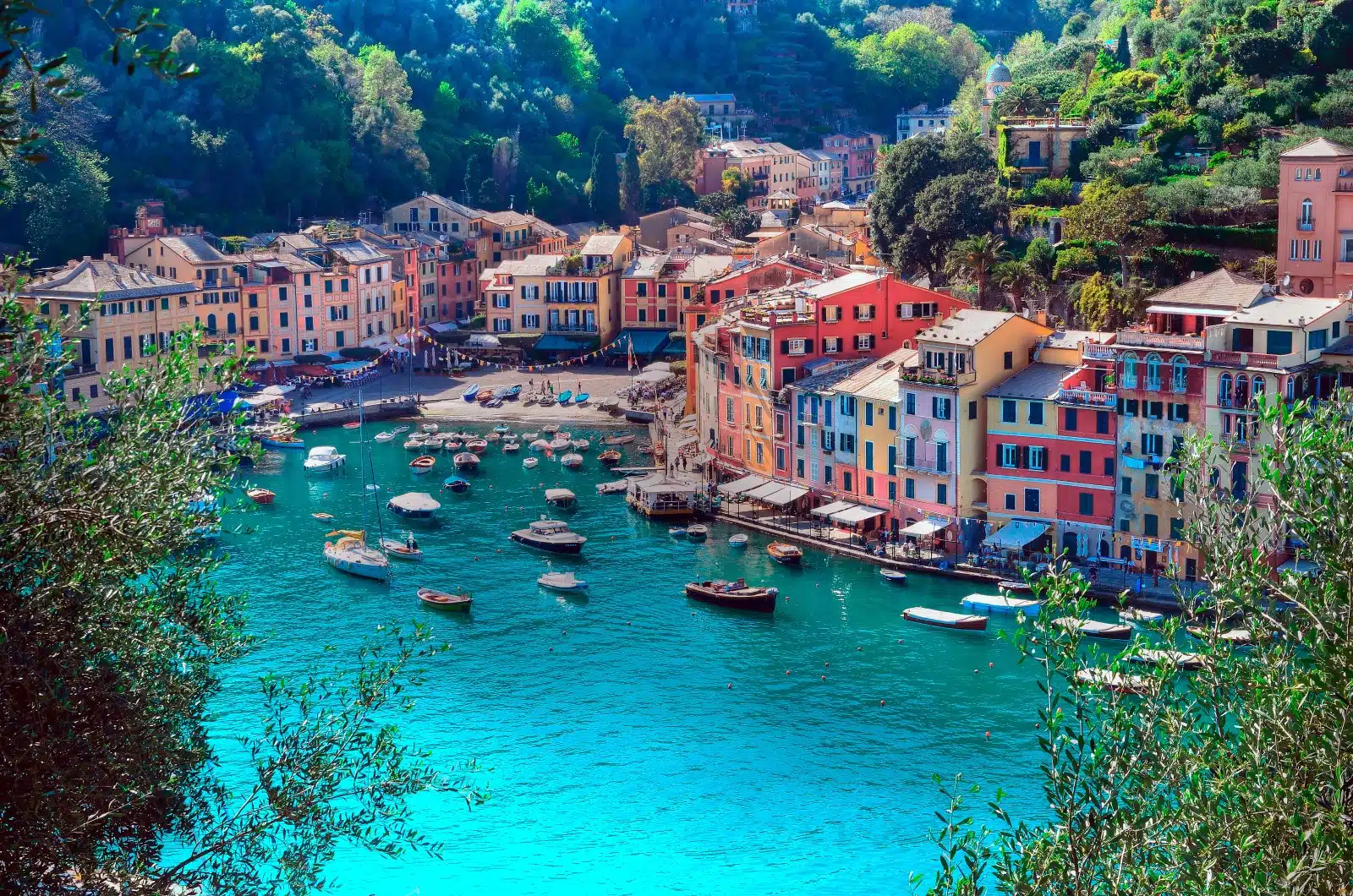
Image Credit: Shutterstock / maudanros
The countries most affected by “over-tourism” are Spain and Italy. Malaga, Portofino, and the Canary Islands have too many visitors. These popular destinations are often cheap to reach for Europeans and offer weather and beaches not found in places like the UK.
Cities Pushing Back
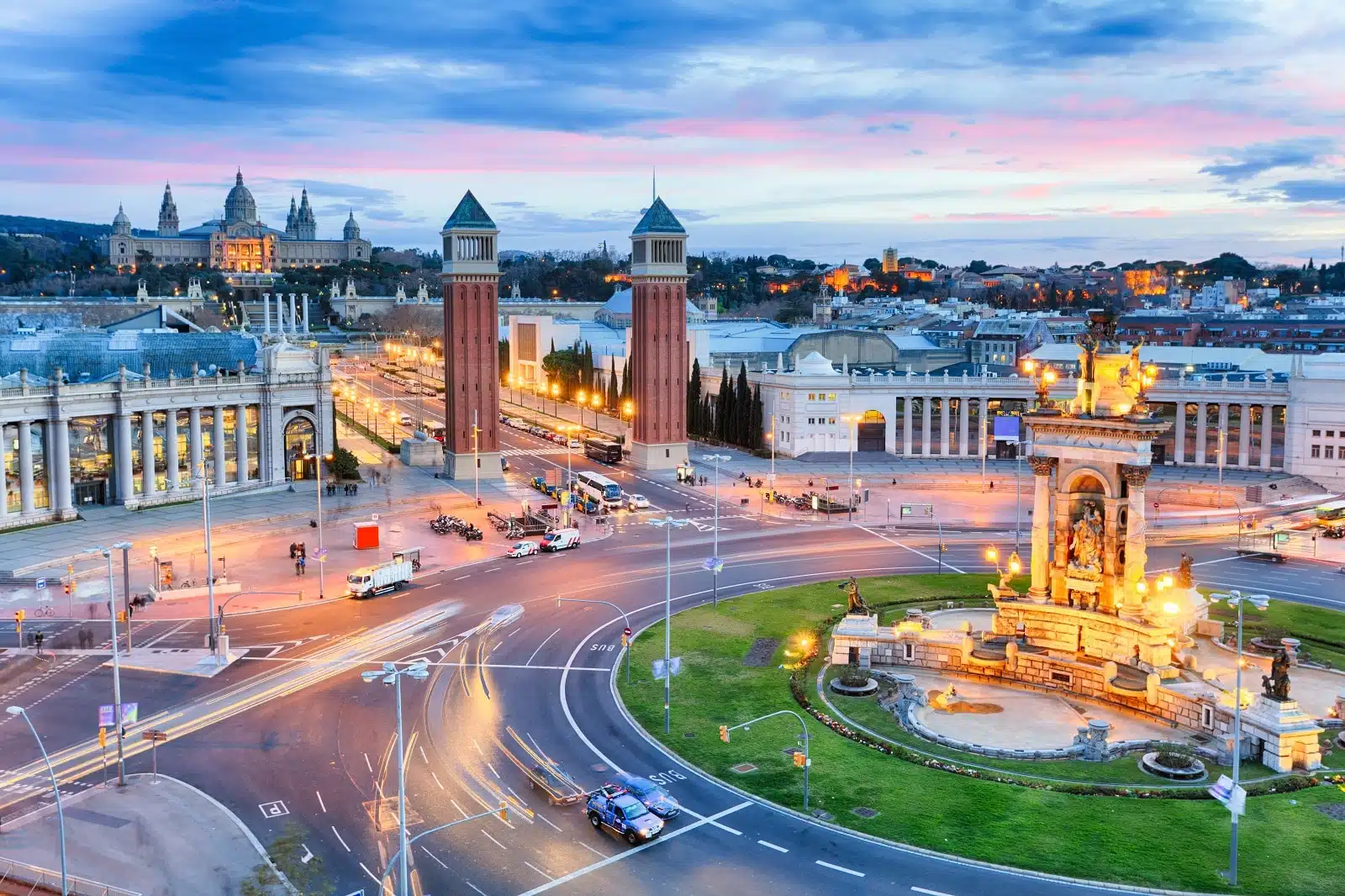
Image Credit: Shutterstock / TTstudio
Venice and Barcelona are two notoriously popular cities, and they are fighting back against the volume of tourists. Venice banned cruise ships in 2021, while loudspeakers and tour groups over 25 people will be banned from 1 June 2024.
Financial Deterrents
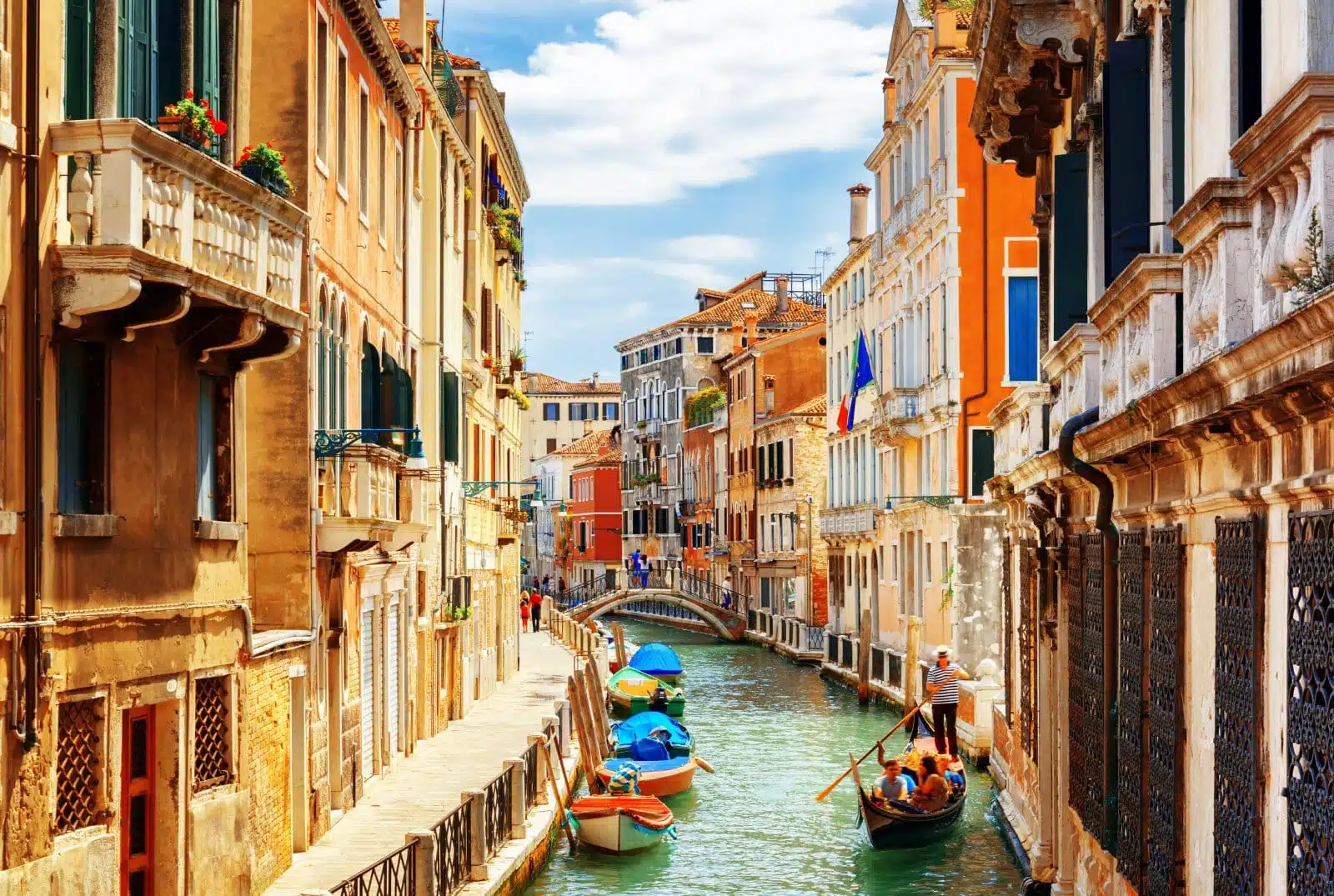
Image Credit: Shutterstock / Efired
Venice isn’t trying to prevent everyone from visiting but is looking to encourage more responsible and sustainable tourism. One measure is a fee for day visitors. Up to €10 per day will be charged for anyone not staying overnight in the city.
Unlicensed Rentals

Image Credit: Shutterstock / aniel Krason
Barcelona has many unlicensed Airbnbs, which attract extra tourists and raise rent for locals. In 2016, Barcelona fined the website €600,000 for advertising unlicensed properties. The city has inspectors who crack down on the problem.
The Cost of Tourism

Image Credit: Shutterstock / NATNN
While tourists can bring money to an area through restaurants, taxis, and entrance fees, they can also bring additional costs that locals shoulder, such as increased road tax due to damage by coaches.
Water Shortage

Image Credit: Shutterstock / New Africa
Tenerife recently declared a water emergency. According to euronews.com, some tourist areas use six times more water than residential areas, straining water supplies essential for farming and local consumption.
Warning Signs
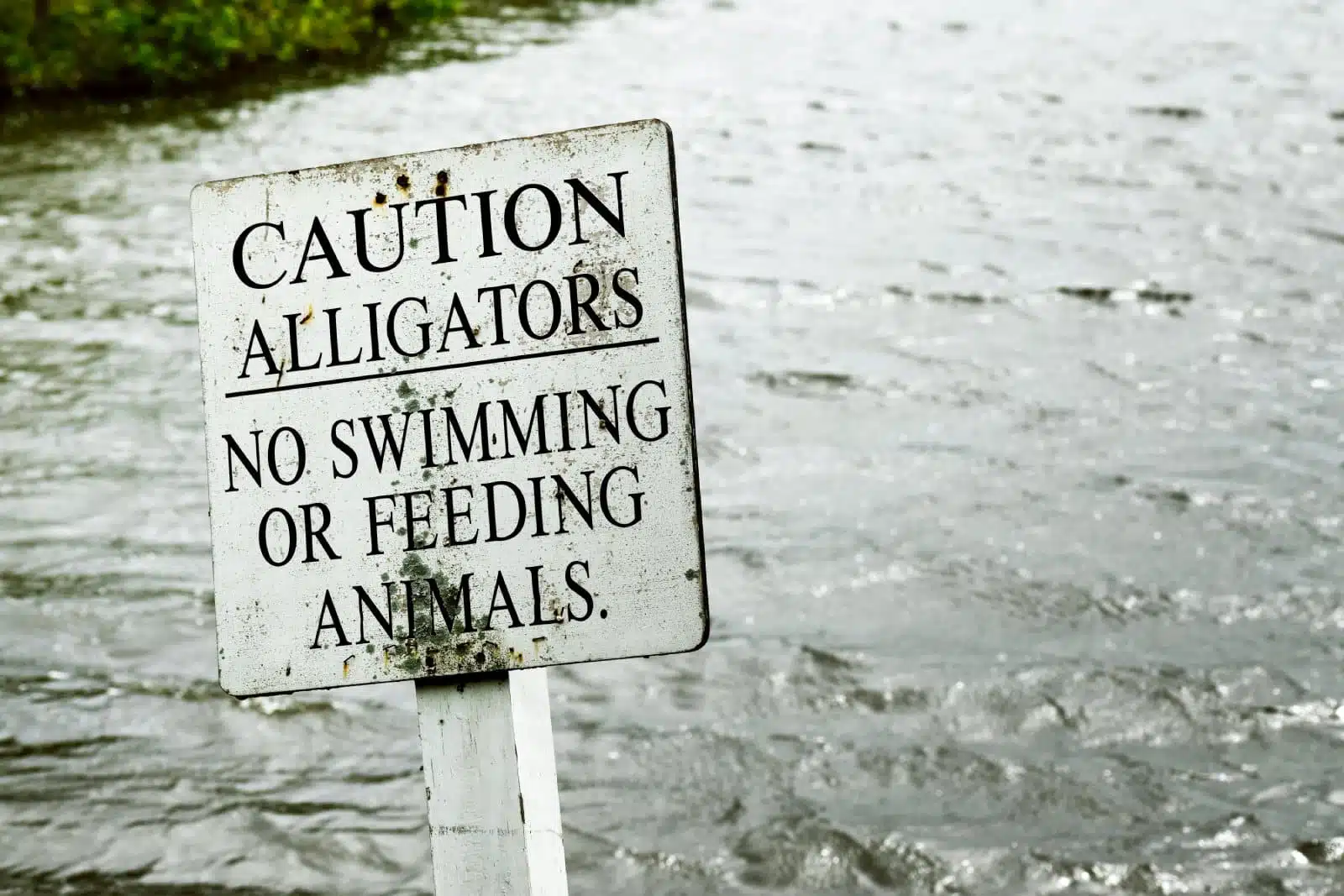
Image Credit: Shutterstock / Hampton Lamoureux
Some locals have taken action against tourists. Malaga has a sticker campaign and fake signs to deter tourists from the area. Misleading posters in English warn tourists of dangerous jellyfish and falling rocks, with small print in the local language explaining that the real problem is mass tourism.
Closer to Home

Image Credit: Shutterstock / Fernando Espinosa
Europe isn’t the only place with this problem – Hawaii is also experiencing issues. Tourists in the area are killing the coral, pushing up home and land prices, and blocking commuter routes to get their sunset photos.
Sunscreen

Image Credit: Shutterstock / Gorloff-KV
Hawaii and many other popular destinations worldwide have a new problem – sunscreen. Sunscreen washed into the water contaminates marine life and sediment. Scientists are researching the long-term impact of this.
No Entry

Image Credit: Shutterstock / Sergii Rudiuk
Kyoto, Japan, closed certain roads to tourists after the city became a “theme park,” according to euronews.com. One area of Kyoto – Gion – known for its Geishas, will impose fines of around $65 for tourists walking where they shouldn’t.
Going Dutch
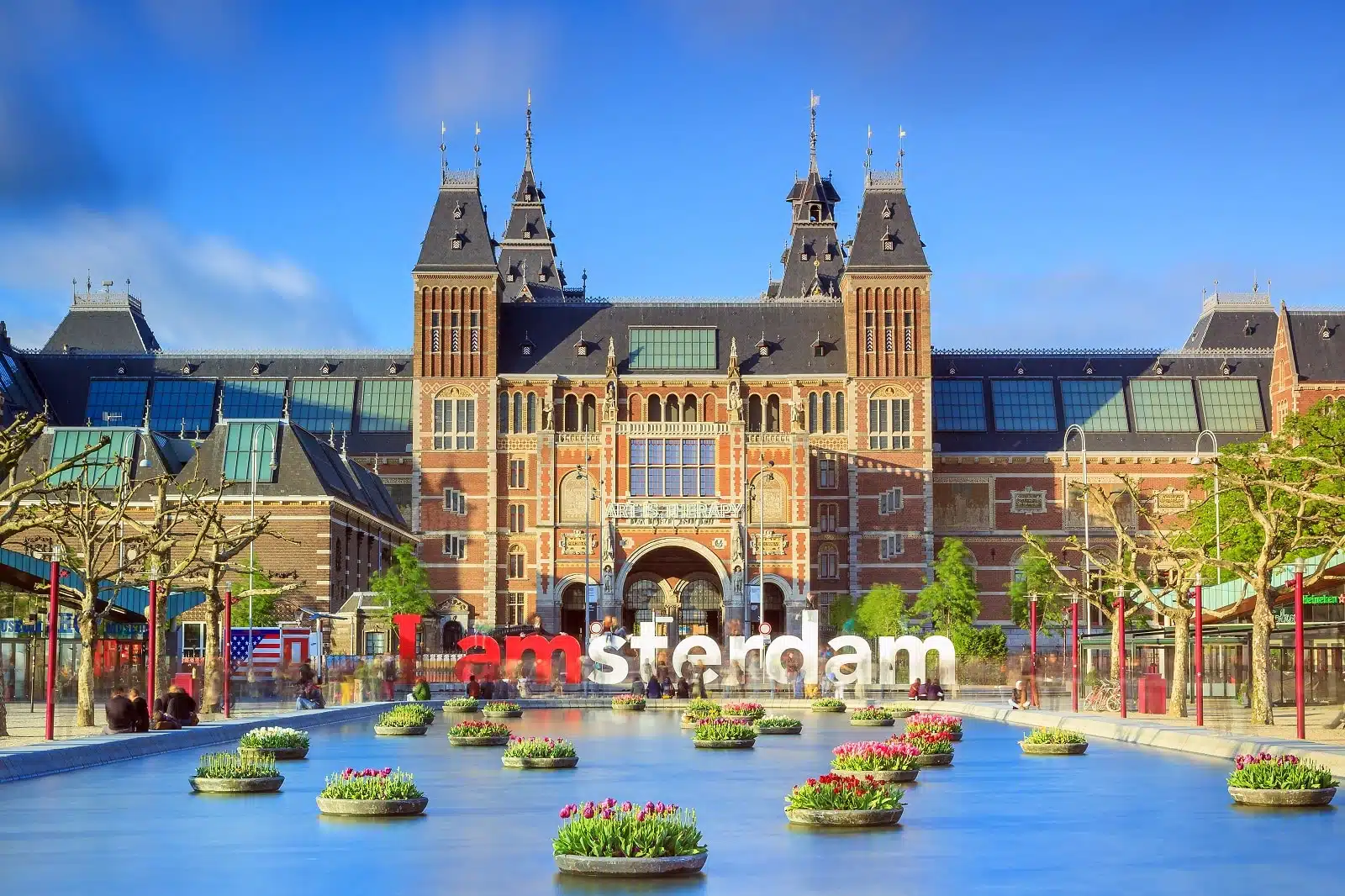
Image Credit: Shutterstock / Dennis van de Water
Amsterdam welcomes hordes of tourists every year, but not all are welcome. The city launched a campaign to discourage certain visitors – rowdy and disruptive ones. The campaign features videos and was first aimed at British men aged 18 to 35.
A Better Way?
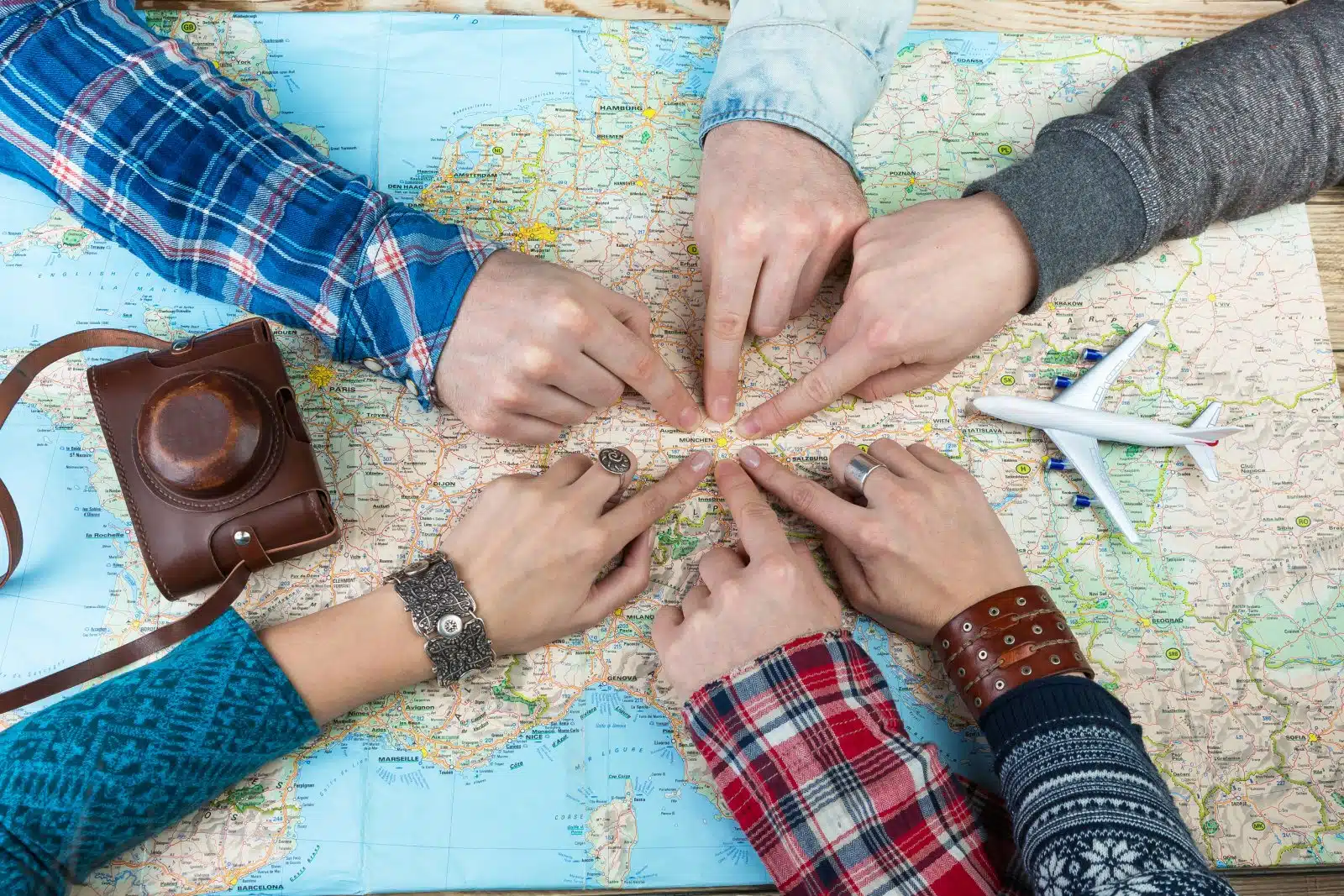
Image Credit: Shutterstock / Iryna Kalamurza
While it can be great to choose a well-known destination so you know what you’re getting, it might be time to avoid these hotspots in favor of something a little different…
Travel Smart
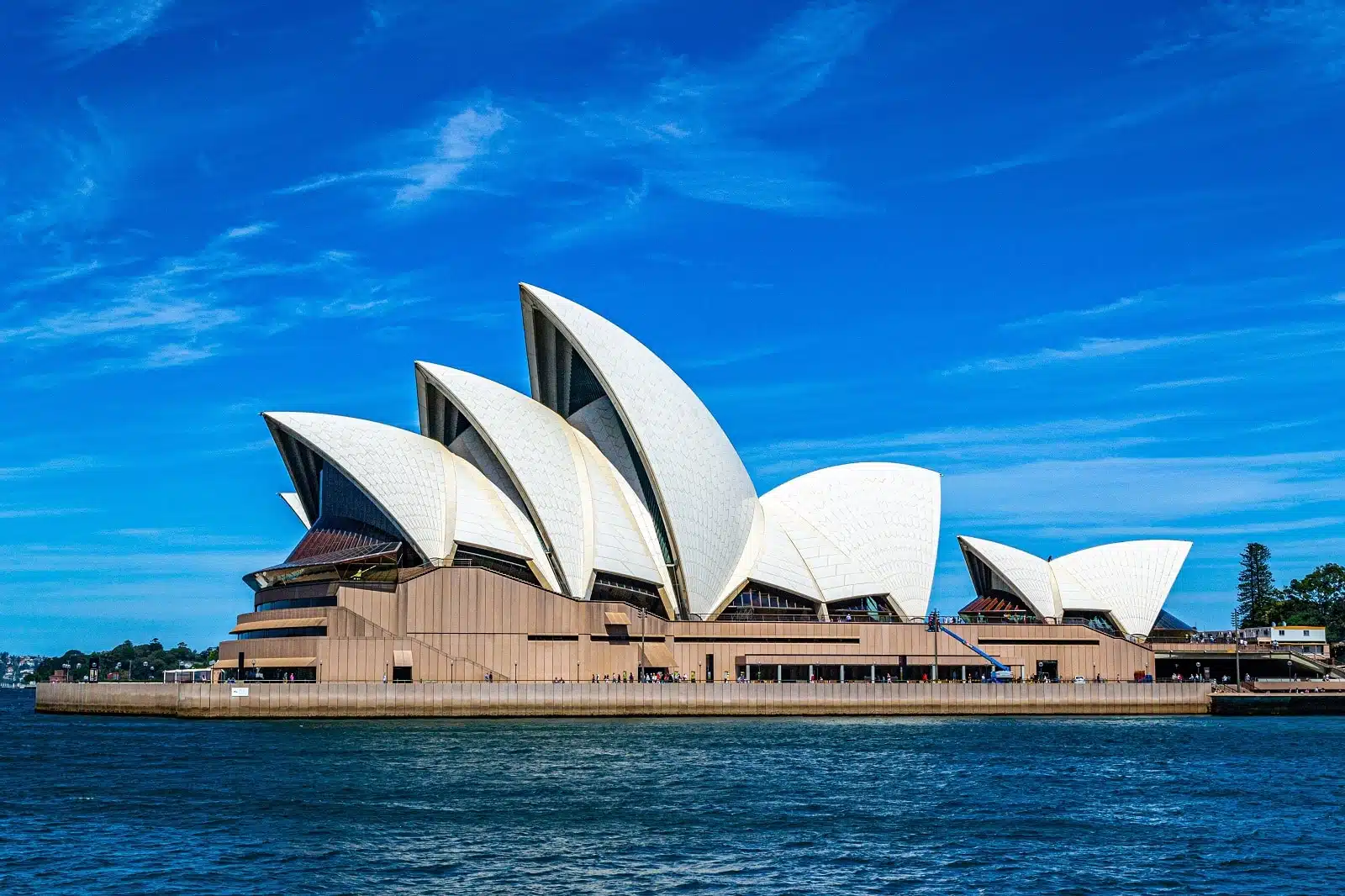
Image Credit: Shutterstock / Scott McManus
Sustainable tourism isn’t new but hasn’t yet reached its full potential. For those looking to positively impact their destination, places including Australia, Romania, and Bolivia offer the chance to give back.
Low Impact

Image Credit: Shutterstock / Mariasokphoto
The ultimate “do no harm” holiday might be a stay-cation. You can save on travel and hotel costs, avoid culture and language issues, and enjoy what’s right on your doorstep.
Nature at Home

Image Credit: Shutterstock / Francisco Blanco
One way to avoid “anti-tourism” is to consider your at-home options. National Parks across the US accept volunteers – that’s one way to see nature, get out of the city, and earn great karma.
More From The Green Voyage
Top 10 Trending Travel Destinations 2024
6 Essential Banking Apps for International Travel – Managing Your Finances on the Go
Traveling With Kids – 10 Tips to Create Memorable Family Holidays
The post Go Home: The Cities Rejecting Tourists first appeared on The Green Voyage.
Featured Image Credit: Shutterstock / asiandelight.
Tips for Trip Success
Book Your Flight
Find an inexpensive flight by using Kayak, a favorite of ours because it regularly returns less expensive flight options from a variety of airlines.
Book Your Hotel or Special Accommodation
We are big fans of Booking.com. We like their review system and photos. If we want to see more reviews and additional booking options, we go to Expedia.
You Need Travel Insurance!
Good travel insurance means having total peace of mind. Travel insurance protects you when your medical insurance often will not and better than what you get from your credit card. It will provide comprehensive coverage should you need medical treatment or return to the United States, compensation for trip interruption, baggage loss, and other situations.Find the Perfect Insurance Plan for Your Trip
